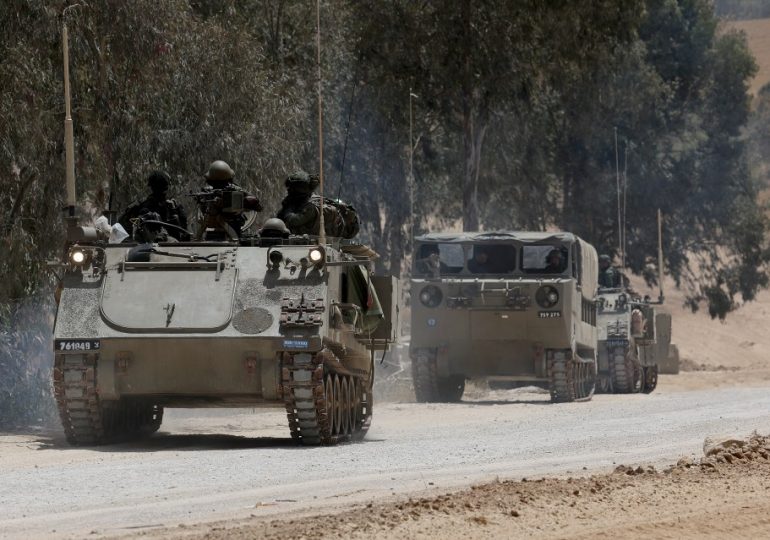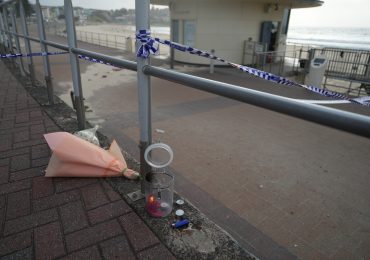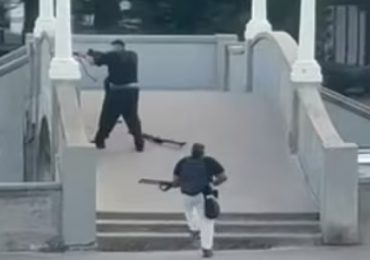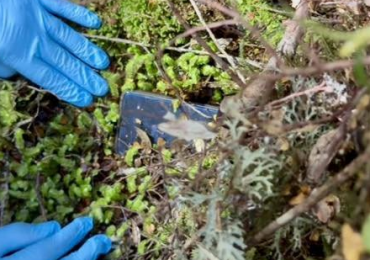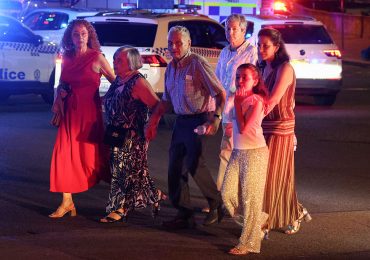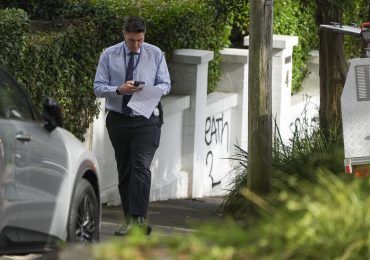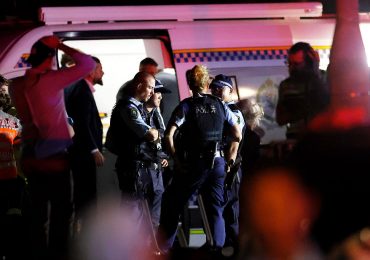ISRAELI troops will move into Rafah immediately on the instruction of PM Benjamin Netanyahu, according to a senior Israeli defence official.
The military is reportedly fully prepared to take the southern Gaza Strip city and to wipe out Hamas’ “final holdout”.
AFPIsraeli military vehicles travel along Israel’s southern border with the Gaza Strip[/caption]
GettyPalestinians living in Rafah inspect the rubble of buildings demolished in Israeli attacks[/caption]
EPAIsraeli troops patrol the road that separates northern and southern Gaza Strip[/caption]
AFPAn aerial view shows destroyed buildings in the city of Khan Yunis in southern Gaza[/caption]
It is not known when exactly Israel will launch a ground offensive in the border city, but a spokesperson for Netanyahu’s government has said Israel is “moving ahead” with its plan to invade.
The defence official told Reuters that Israel’s military is poised to evacuate civilians from Rafah and to assault Hamas’ final stronghold.
Refugee-filled Rafah is sheltering more than one million Palestinians who fled Israel’s attacks through the rest of Gaza.
It is also claimed by Israel to host four Hamas combat battalions, as well as thousands of retreating fighters.
Israel’s military could “go into action” and take Rafah immediately – but awaits a green light from Netanyahu, Reuters reports.
Israel’s Defence Ministry has purchased 40,000 tents – each with a capacity for 10 to 12 people – to house the Palestinians relocated from Rafah ahead of the imminent assault, according to the official.
Satellite images showed rows of white tents at a site to the west of Khan Younis, a city about 5km from Rafah where there is said to be medical personnel waiting, and at another site near Rafah.
Before and after pictures suggest both camps were built this month.
Brigadier-General Itzik Cohen, commander of Israel’s 162nd Division operating in Gaza, threatened the assault as the US – a close ally of Israel – asked the country to set aside its plans for an assault.
BG Cohen told Kan public TV on Tuesday: “Hamas was hit hard in the northern sector. It was also hit hard in the centre of the Strip.
“And soon it will be hit hard in Rafah, too.”
He added: “Hamas should know that when the IDF goes into Rafah, it would do best to raise its hands in surrender.”
The Israel Defence Forces revealed today that it is readying to deploy two reserve brigades for missions in the Strip.
Both brigades – the 679th “Yiftah” Armored Brigade and the 2nd “Carmeli” Infantry Brigade – were operating on the northern border but will soon be stationed in central Gaza, local media reports.
Military sources indicated the move will free up Nahal Brigade troops – currently holding the central corridor – to help prepare for future operations including planned offensives in Rafah and in central Gaza.
The US’ special envoy for Middle Eastern humanitarian issues, David Satterfield, told reporters on Tuesday that Washington “could not support a Rafah ground operation without an appropriate, credible, executable humanitarian plan”.
He added: “We continue discussions with Israel on what we believe are alternate ways of addressing a challenge which we recognise, which is Hamas military present in Rafah.”
An Israeli government source told Reuters that Netanyahu’s war cabinet is planning to meet some time in the next two weeks to authorise civilian evacuations from Rafah, which are expected to take about a month.
Israeli media, including HaYom newspaper, also reported the Israeli government had decided to move into Rafah “very soon”.
The warnings came after some 800 military vehicles were seen stationed across two separate bases in the war-torn enclave.
About 700 trucks were shown in satellite imagery from Planet Labs to be in the Negev desert in the south of the Strip, along with another 120 at the northern border.
As well as a large number of white tents, nine military outposts were seen around the Strip – believed to have been erected late last year after Hamas unleashed terror on Israel on October 7.
The outposts, which typically house soldiers, vehicles, and command centres, will reportedly house many of those currently seeking refuge in Rafah who have been advised to leave in advance of an attack.
Netanyahu has long warned that Israel will invade Rafah and announced last weekend: “In the coming days, we will increase the military and diplomatic pressure on Hamas because it’s the only way to release our hostages and achieve our victory.”
The controversial future attack was said to form part of a six-week military operation starting in May, with Israeli troops to enter Rafah in stages, according to Egyptian officials.
APRows of tents have been erected near Khan Younis in Gaza[/caption]
APThe encampment is believed to have been constructed this month[/caption]
AFPBefore and after pictures show one of the sites on April 7, top, and on April 23, bottom[/caption]
In February, the Israeli prime minister said sending troops into the “final terrorist holdout” in Rafah was necessary to winning Israel’s grinding war with Hamas.
He said: “Victory is within reach. We’re going to do it.
“We’re going to get the remaining Hamas terrorist battalions and Rafah, which is the last bastion.”
Netanyahu also said at the time that Israel was drawing up a “detailed plan” to ensure “safe passage for the civilian population”.
He rejected fears – voiced by Western nations including the US – that an invasion would lead to “catastrophe”.
Egypt, which shares a border with Rafah, has said it will not allow Gazans to be pushed onto its territory.
Cairo warned that Israel moving on Rafah “would lead to massive human massacres, losses (and) widespread destruction,” according to its State Information Service.
US President Joe Biden today signed national security legislation that will see about $26billion (£20billion) in wartime assistance and humanitarian relief provided to Israel and Gaza residents respectively.
Speaking from the White House after signing the bill, he said: “My commitment to Israel, I want to make clear again, is ironclad.”
Of the $1billion earmarked for relief, Mr Biden added that Israel “must make sure all this aid reaches the Palestinians in Gaza without delay”.
He continued: “Everything we do is guided by the ultimate goal of bringing the hostages home, securing a ceasefire and setting the conditions for an enduring peace.”
US Secretary of State Antony Blinken said on Friday that Mr Biden had been “very clear” that the US “cannot support a major military operation in Rafah”.
Without a thorough plan to shift civilians out of harm’s way, which Mr Blinken claimed the US was yet to see, any military operation will have “terrible consequences” for those who remain in Rafah, he said.
GettyPalestinians who left their homes in Gaza and took refuge in Rafah are living in tents[/caption]
EPAA camp for internally displaced Palestinians who fled from Rafah and northern Gaza Strip is seen in the west of Deir Al Balah, southern Gaza Strip[/caption]
GettyRelatives of Palestinians who died after Israeli airstrikes take their bodies from El-Najar Hospital to be buried in Rafah[/caption]
Leave a comment
